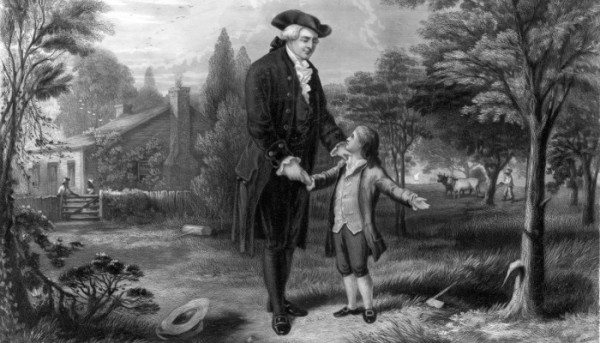Chief Scientists occupy the highest career rung on the technical ladder. Any ambition to climb higher requires a transition into management–something that most Chief Scientists view as a demotion. You see, Chief Scientists can essentially work on anything that interests them.
As a fledgling engineer right out of college, I hung around Chief Scientists as much as I could. I saw them as teachers who held the keys to the coolest projects. I loved listening to their stories about working on Mercury, Gemini, Apollo, and the Space Shuttle–the very programs that motivated my engineering interests in the first place. I learned much from my Chief Scientist mentors, Hal, Brian, and Jake.
“Have you heard the story of Jake and the chainsaw?” an engineer once asked me. At the time, I hadn’t.
The story went like this. One day, management relocated Jake to a new office. Since the office had no window, Jake called facilities to find one that did. Evidently, the grunt at the other end of the line didn’t know that he was speaking with Chief Scientist Jake and ignored the request. That’s when Jake did what any normal person would do. One Saturday, he brought a chainsaw to work and cut his own window.
I never learned whether the story was true or not, but it didn’t matter. It had become legend. Those who knew the story saw Jake as an engineering god who took crap from nobody. Those who didn’t, saw him as a bookish little man with an oversized calculator in his shirt pocket.
Myths are powerful devices. They contain just enough truth to keep them believable and the right amount of craziness to make you wonder. Myths make the playground bully scarier and the hermit down the street more mysterious. And just knowing that the farmer may have rock salt in his shotgun keeps his pumpkins safe from thieves.
We grew up listening to cultural myths. The stories of Honest Abe, George Washington and the Cherry Tree, and Albert Einstein Failed Math have all endured long after they’ve been debunked. But why?
Because all of them contain some level of truth. Lincoln acted honestly. Washington demonstrated integrity. The smartest man in the world was still human. And Chief Scientist Jake had spunk.
I’m not advocating the creation of myths to deceive. On the contrary, truth resides at the heart of storytelling. But at the same time, our enterprises, careers, and industries are filled with myths that make us think, laugh, and give us pause.
What are the myths in your industry? How are they useful, helpful, or instructive? Can they be referenced in your stories?
Photo Credit: Library of Congress
